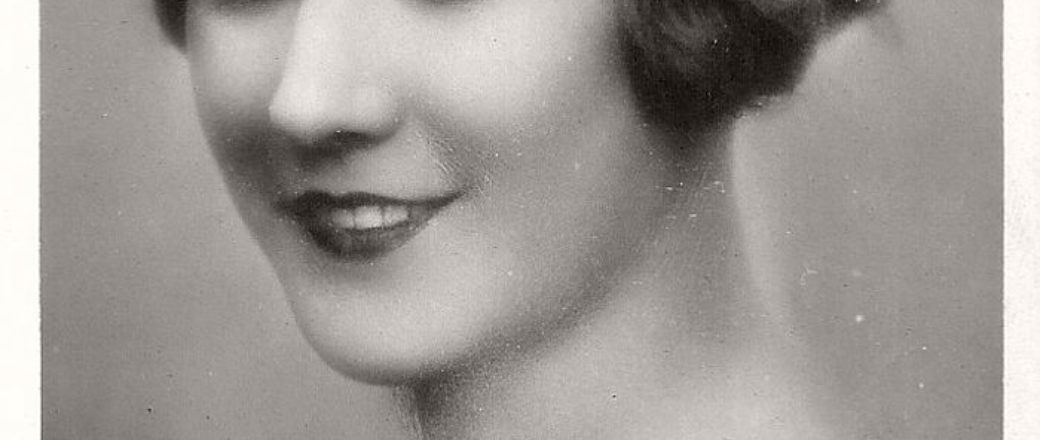Miss Europe was a first annual beauty pageant with female contestants from all over Europe. It was established in February 1929 by French journalist Maurice de Waleffe, who also created, in 1920, what by 1927 had become the Miss France pageant. Miss Europa was first held at the Paris Opera with participants from 18 countries. The most recent pageant was held in 2006.
The contest was interrupted by the onset of World War II but later re-established by Mr. Zeigler (of the Moulin Rouge) and Claude Berr. Most contestants won their respective national contests for Miss World and Miss Universe, and participated as supplemental training for their respective competitions.
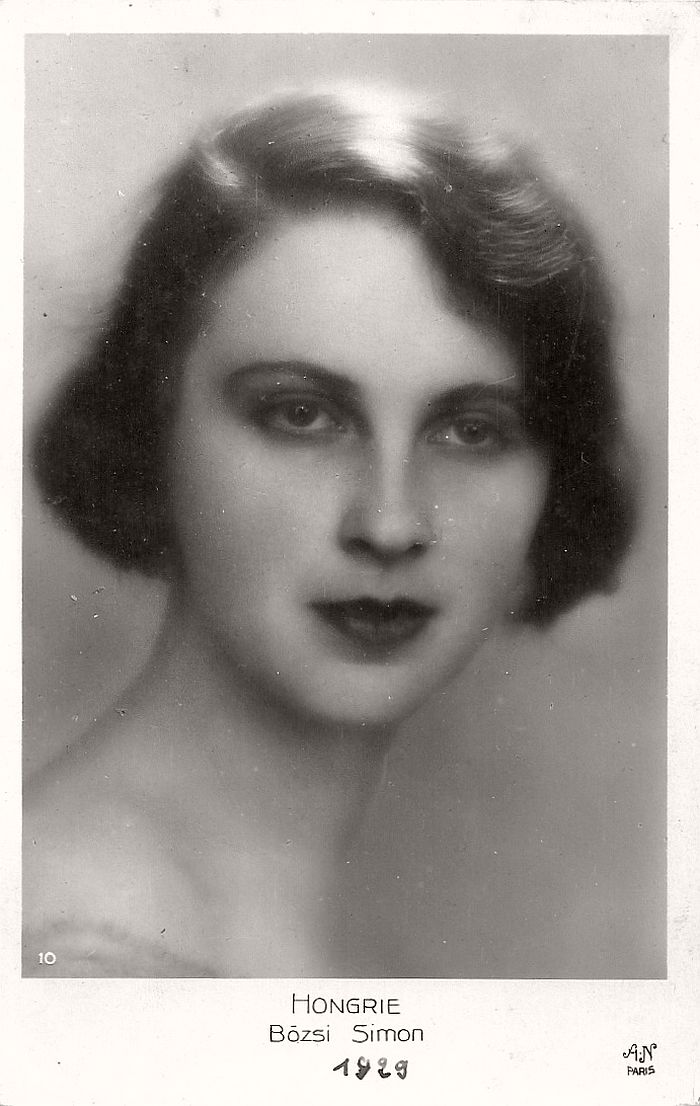
Miss Hungary Elzbieta (Elisabeth) ‘Bözsi’ Simon, aka Böske (Betty) Simon, participated in the 1929 Miss Europe contest… and won. There were 18 girls competing. The Miss Europe pageant was yearly organised in Paris by major European newspapers. In 1927 the Miss Europe Committee for election was founded by the French journalist Maurice de Waleffe, who previously had founded the Miss France election as well. The last prewar Miss Europe pageant was held in 1938, though over the years various regimes had already started to forbid their female civilians to continue participating: Estonia in 1932, Germany in 1933, Spain in 1935, and Poland in 1937.The contest would be revived a decade after, in 1948. When Simon, born 1909 as the daughter of an important doctor, became Miss Hungary, writer Sandor Marai was raving. After winning several smaller contests, Betty became the first Miss Hungary in a contest chaired by De Waleffe, and one month after she became Miss Europe as well. ‘Betty’ Simon should have competed at Miss Universe as well, but that didn’t happen. Simon had lived in luxury while in France, but eventually preferred to return to Hungary. There she was cheered by the crowds on the one hand, but there was anti-Semitic scolding as well, as she was Jewish. Therefore she retired from public life. She didn’t pursue a film career despite Fox’s interest in her, but married first a textile industrial, Paul Bremmer, and afterwards the artistic director of the Comedy Theatre, Daniel Job. She managed to survive the Holocaust but because of a brain atrophy her health deteriorated and she died. Her husband died in 1955.
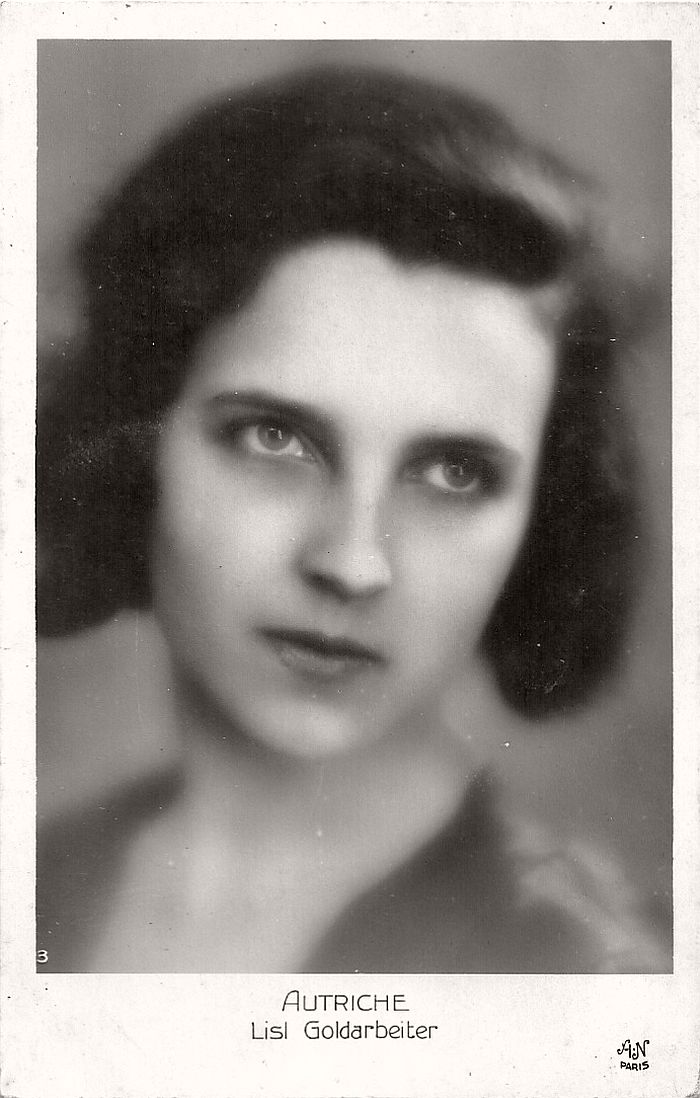
The Austrian model Lisl Goldarbeiter (1909-1997) became Miss Austria in 1929 and competed in the 1929 Miss Europe contest, but didn’t win. However, in 1929 she became Miss Universe, the first non-American one. She also acted as Miss Austria in the 1929 feature film Franz Lehar by Hans Otto. Goldarbeiter was Jewish, she survived the Holocaust but her father was killed in Mauthausen. In 2005 Peter Forgacs made a film on her life: Miss Universe 1929 – Lisl Goldarbeiter: A Queen in Wien.

Luba Yotzoff was the first Miss Bulgaria in 1929. She joined the 1929 Miss Europe contest but didn’t win. Little more is known about her. She was born Luba Ivanova Yotzoff around 1909 in Vratsa, Bulgaria. She married Vasil Veselinov.

Germaine Laborde was Miss France 1928, after being elected Miss Gascogne in 1927. She joined the 1929 Miss Europe contest but didn’t win; she became third after Hungary and Poland. At the time she was 22. Her father was a Bask, her mother from Bordeaux, both worked at the Opera, while Laborde herself sang as well. Laborde participated in the 1929 Miss Universe contest in Galveston, Texas as well. Her outfits for the trip, the state of the art in French fashion, were widely publicized. In 1932 the Ruston Daily Leader wrote about her: “While being a French Beauty Queen made it possible for Mile. Germaine Laborde to visit Galveston, New York, Chicago and Miami, she maintains loyally that she is glad to have seen those “extraordinary places” but, personally, she wouldn’t care to live in them. “Terribly interesting, yes,” she said, “and I was offered a $1,000 a week to stay for a year and sing on the concert stage nightly. But I refused. Not that I do not like money. I do. But not enough to stay a whole year in America.” On her return to France, Mile. Laborde played with Mistinguett at the Casino de Paris in the revue, Paris-Miss. Her education has been musical since early childhood. Her contribution in the way of advise, to the promoters of Beauty pageants, however, is that “those whom the judges select as beauty queens, it seems to me, should be encouraged in the direction their talents lie, rather than being lured into other fields. If, for instance, she loves art, she should be helped to further a career in that direction; if the theatre is her hobby, then all well and good. Whatever the vocation, .however, it should be followed with the publicity and encouragement that is attended her as Queen, instead of strange people in strange countries tempting her to do things she knows nothing about.” In addition to her theatrical career (in 1931 she was successful in her part in La Fille de Madame Angot at the Trianon Lyrique), Laborde acted in the film Chacun sa chance by René Pujol and Hanns Steinhoff, starring Renée Heribel and Jean Gabin. Her career didn’t last very long and she became a nanny.
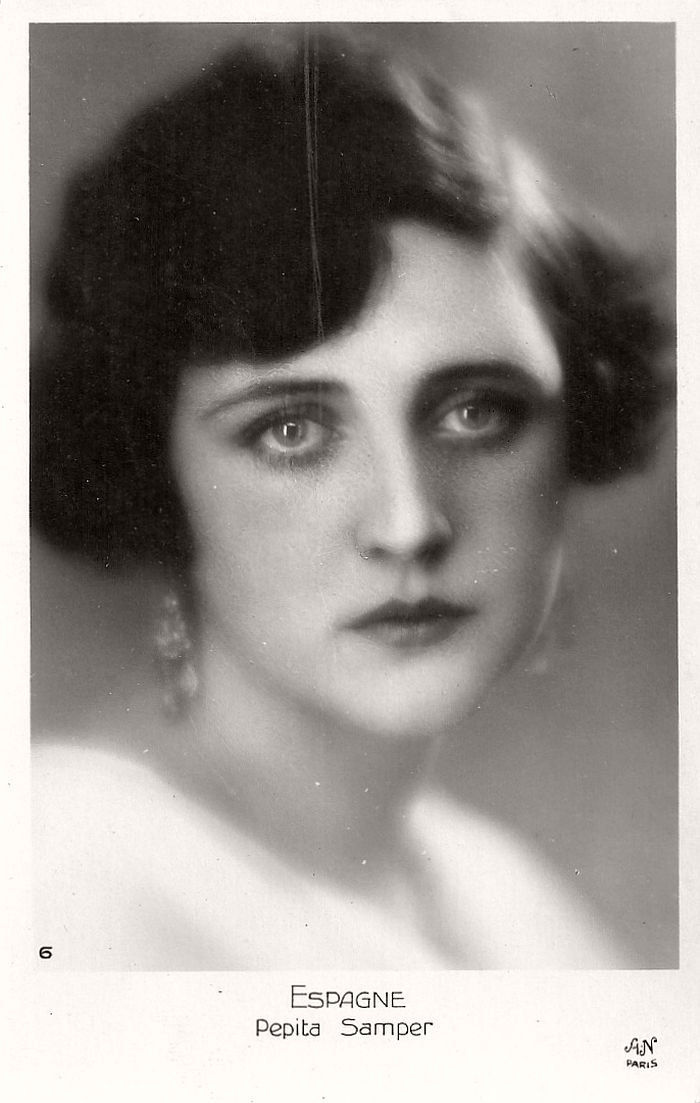
Pepita Samper Bono (1908?-1996), originally from Valencia, was Miss Spain in 1929, then called ‘Señorita Espana’. The contest was organised in Madrid by the Spanish daily ABC and its director Torcuato Luca de Tena was president of the jury. Other jury members were the painter Manuel Benedito and the sculptor Mariano Benlliure. Samper then joined the 1929 Miss Europe contest. According to one anecdote, she became very popular in Paris, as right in that time the song Valencia was played in all the Parisian bars and restaurants and wherever Samper appeared in traditional Valencian costume she was applauded. However, the day before the finals the Spanish Queen-Mother Maria Cristina died, so out of mourning Samper withdrew. King Alfonso XIII wrote her a letter to thank her for her withdrawal. Samper married Filiberto Crespo. Their son was the Valencian architect Filiberto Crespo. In 2012 Samper’s daughter-in-law Edith Luche donated the outfit in which Samper became Miss Spain to the City of Valencia, where it has become part of the City Museum’s collection.
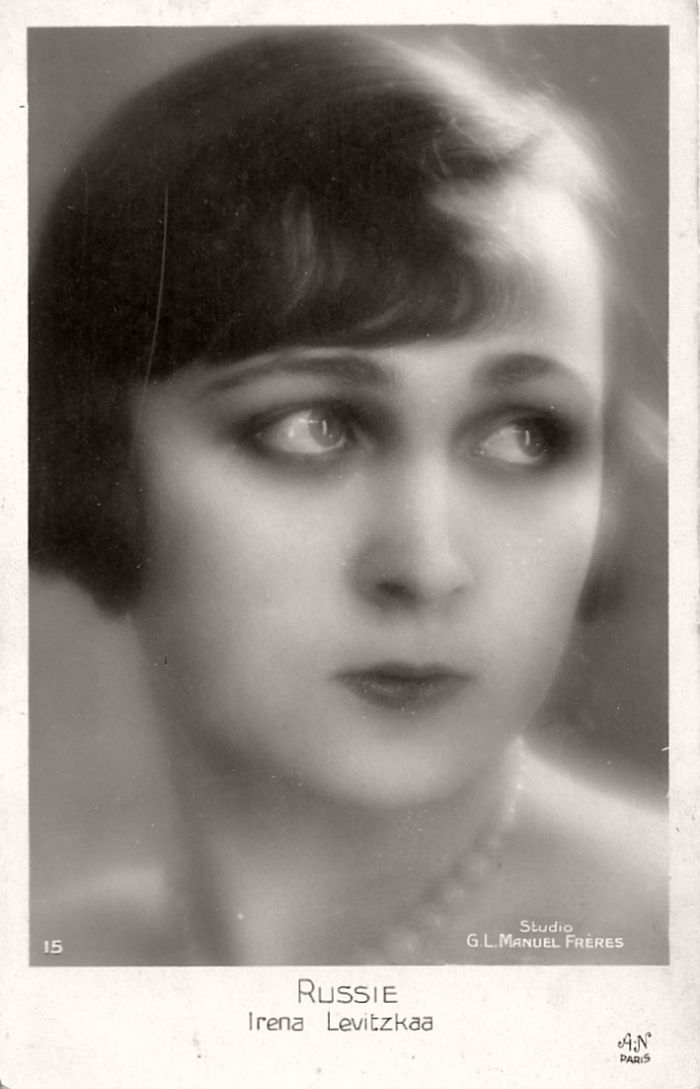
Irena Levitzkaa aka Irina Levitskaya was Miss Russia 1929 before joining the 1929 Miss Europe contest in Paris. She didn’t win. In 1929 Russia Illustrated, the magazine for Russian emigrés, launched the first Miss Russia pageant in Paris. The winner of 1929 Valentina Osterman was disqualified, as she had a German passport. The first runner up then became Miss Russia: Irina Levitskya. In 1929 Levitskaya was 16 1/2 and studying painting. Her father used to be archbishop in Nizni-Novgorod – where Irina was born – but had become taxi driver in Paris. Irina’s Slavic beauty was compared to that of heroines from Russian novels.
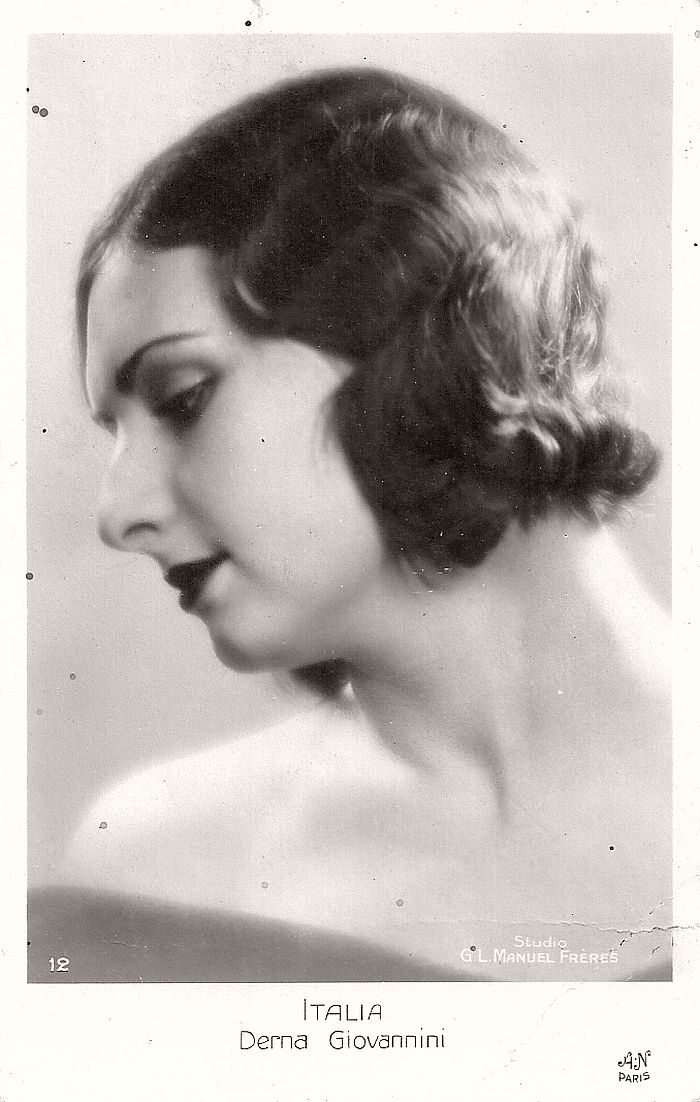
Derna Giovannini (1912-1978), a blue-eyed blonde, was the third Miss Italy in 1929, after Maria Gallo (1927) and Livia Garacci (1928). She joined the 1929 Miss Europe contest but didn’t win. At the time she was 17 and working in an elegant fashion store. Giovannini was born in Florence on February 12th, 1912, in Florence, Tuscany. She died there also on April 26th, 1978. She was married to a Mr. Vigiani, who died before her.
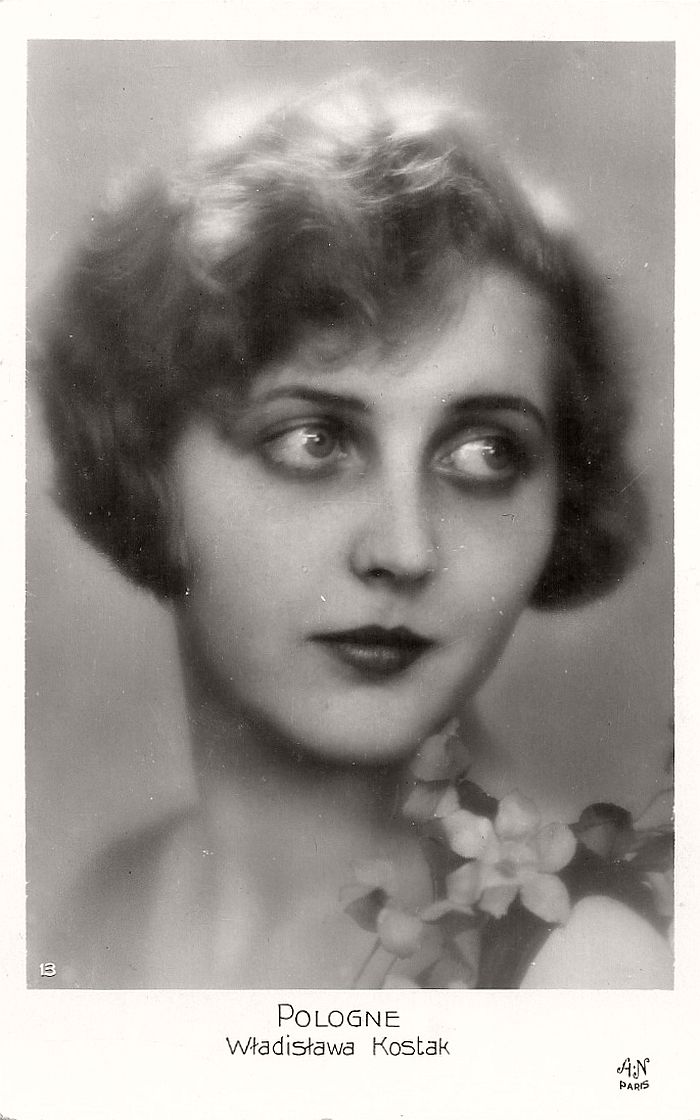
Wladislawa Kostak aka Kostakowna was Miss Poland 1929, before she joined the 1929 Miss Europe contest. She didn’t win, but became second, so she was allowed to go to the 1929 Miss Universe elections in Galveston, Texas, as well. There, however, the bishop of Galveston persuaded her to withdraw from the contest, as it was unfitting for a lady and she would be forced to parade in bathing suit in front of the crowd. Returned to Poland, journalists were surprised to find out that she lived in a small attic room, taking care of her sick mother. When she heard that others had arranged an apartment for her that was destined for a large family, she refused to move. In the end newspapers and others involved provided her with a better apartment for three years; the only thing she got out of her contest.. Kostak was 20 in 1929 and worked in the City Savings Bank in Warsaw. She was a blonde with dark blue eyes. According to Polish Wikipedia, for the Miss Poland contest she was selected solely on the basis of photographs and beated a countess and another aristocrat.

Anne Haussl aka Annie Haussel was Miss Switzerland in 1929, the second to win this title after Stefanie Job in 1928. She joined the Miss Europe 1929 contest but didn’t win. At the time of the Parisian contest she was only 16.
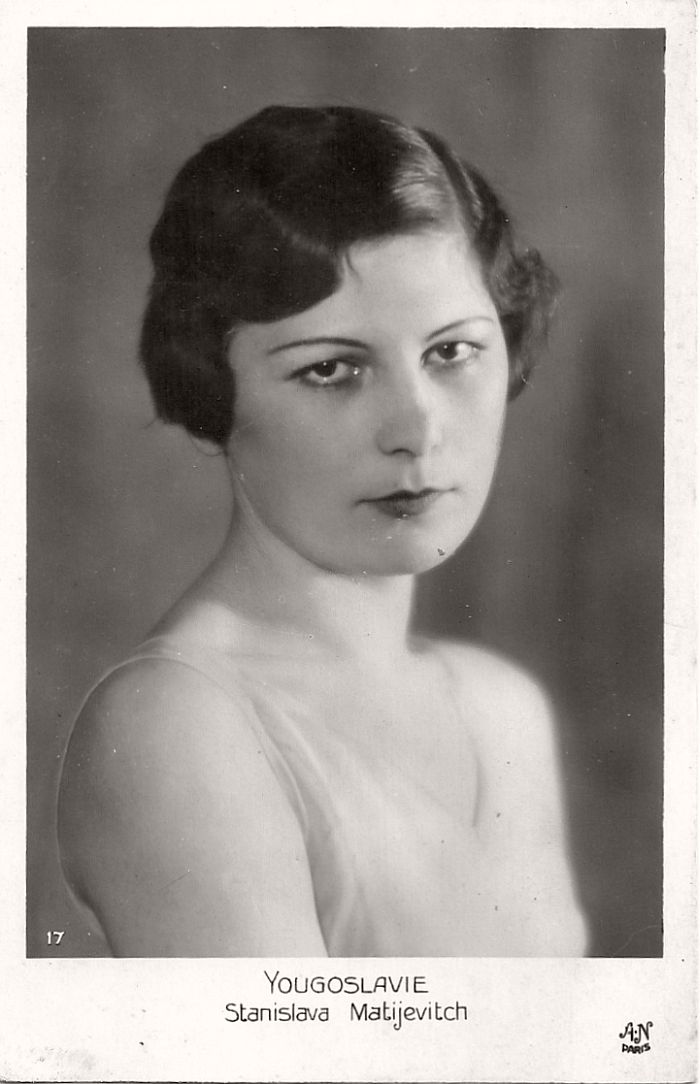
Stanislava Matijevitch aka Stanislava Matijevic became Miss Yugoslavia in Januaruy 1929 before she joined the 1929 Miss Europe contest in Paris. She didn’t win. Matijevic originated from Užička Požega in West-Serbia and was 20 in 1929.
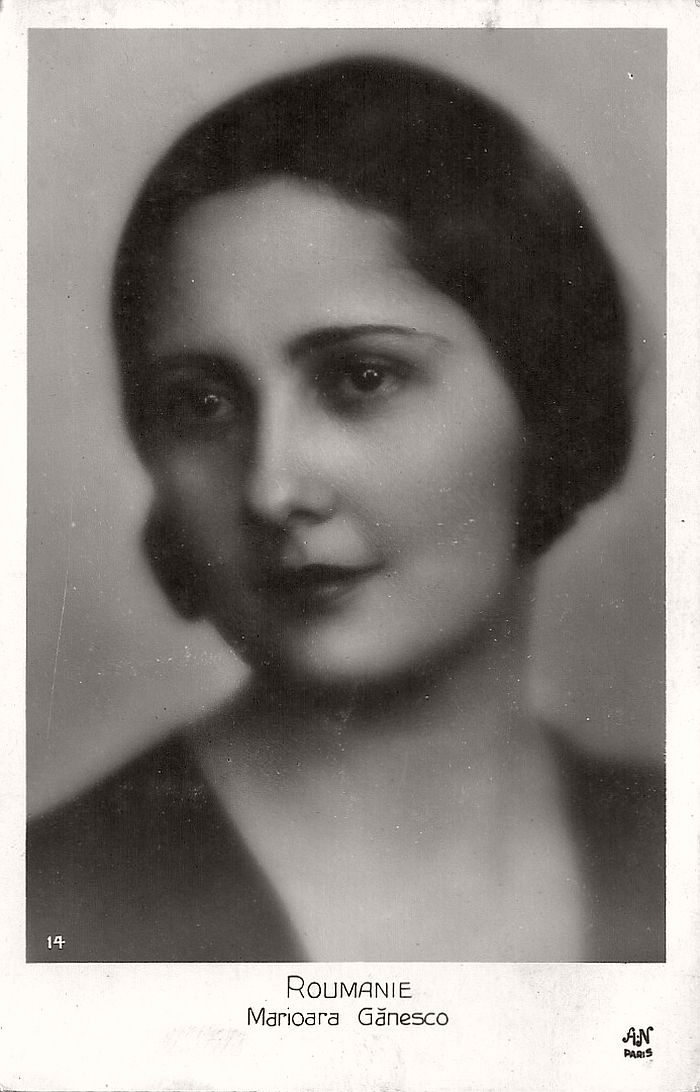
Marioara Ganesco (Janescu) was Miss Romania 1928, then joined the Miss Europe 1929 contest but didn’t win. Very little is known about her life. At the time of the Parisian contest she was 24 and lived in Constanza, at the Black Sea. She was a classic beauty, tanned by swimming and rowing. She didn’t go to the 1929 Miss Universe contest in Galveston, Texas, as Romania was represented there by the 1929 Miss Romania, Magda Demetrescu.
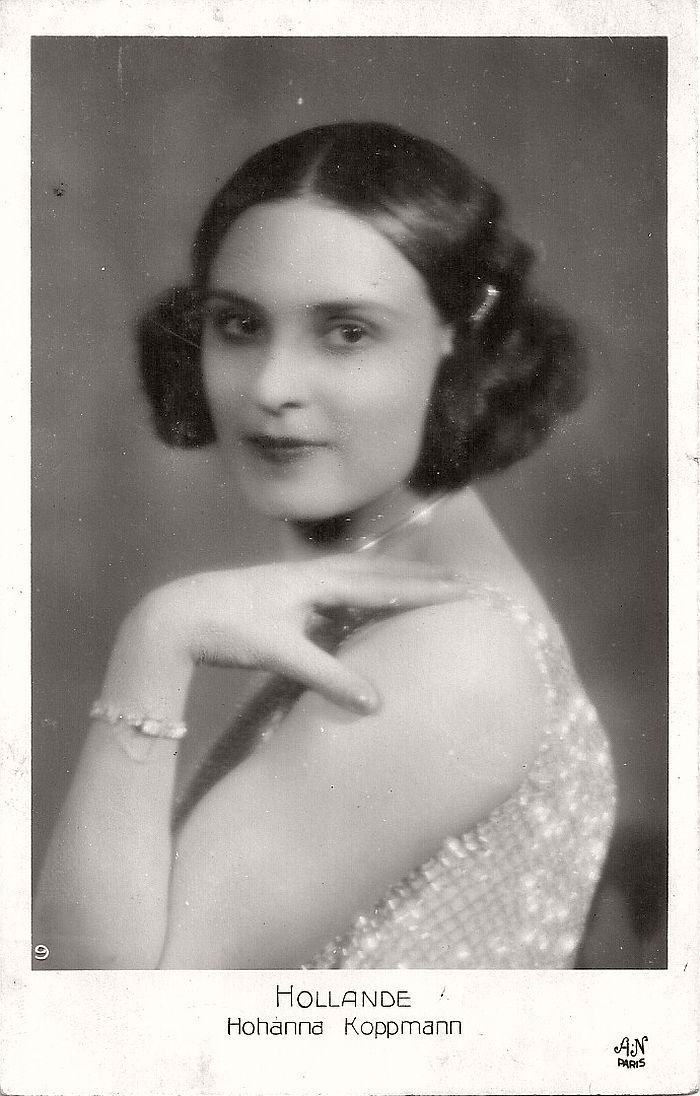
Johanna ‘Jopie’ or ‘Jo’ Koopman (1908-1981), misspelled here above on the card, was the first Miss Holland in February 1929. She was born in Zaandam from Carel and Jet Koopman, who ran a classic cafe-restaurant in Zaandam, De Nieuwe Karseboom. The Miss Holland contest was organised by the Dutch illustrated newspaper Het Leven [Life] at the Tuchinski Theater, Amsterdam’s luxurious – and still existing – movie palace (opened 1921). The jury was an all male company of artists, writers and actors. Painter Kees van Dongen would participate in the Miss Europe jury on behalf of the Netherlands. By winning, Jopie Koopman was alllowed to participate in the 1929 Miss Europe contest in Paris. She didn’t win (Hungarian Böske Simon won), but as she was fourth, she was allowed to go to the 1929 Miss Universe context in Galveston, Texas. There Austrian competitor Lisl Goldarbeiter won. In the same year 1929 Koopman married Dutch soccer player Klaas Breeuwer, by then a famous sportsman. Koopman was also the cousin of singer and actress Jopie Koopman (1910-1979), who acted in various Dutch musical film comedies in the 1930s. Because of their same names, the two cousins were often confounded then, and still are. The Dutch Misses had to be of Dutch birth and nationality, between 16 and 25 years, unmarried and of irreproachable conduct. This would create a conflict already with the second election in 1930… And not only in the Netherlands, in Paris as well…
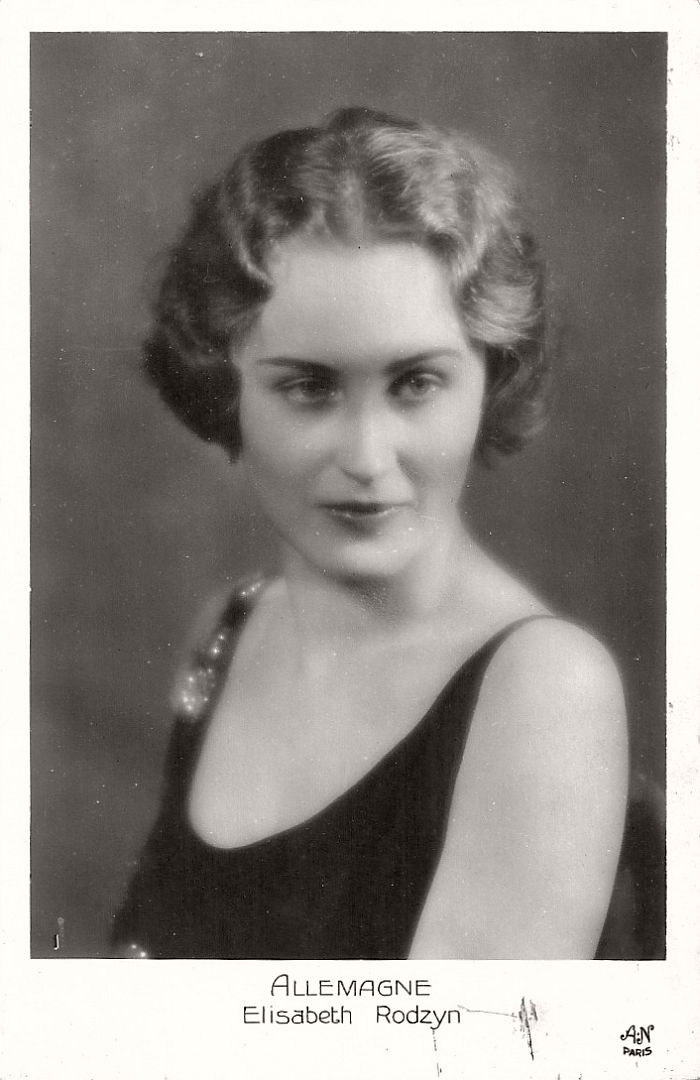
Berlin born Elisabeth Yvette Rodzyn was Miss Germany in 1929 (despite heavy protests of the audience) and competed at the 1929 Miss Europe contest, but didn’t win. At the time she was 20.
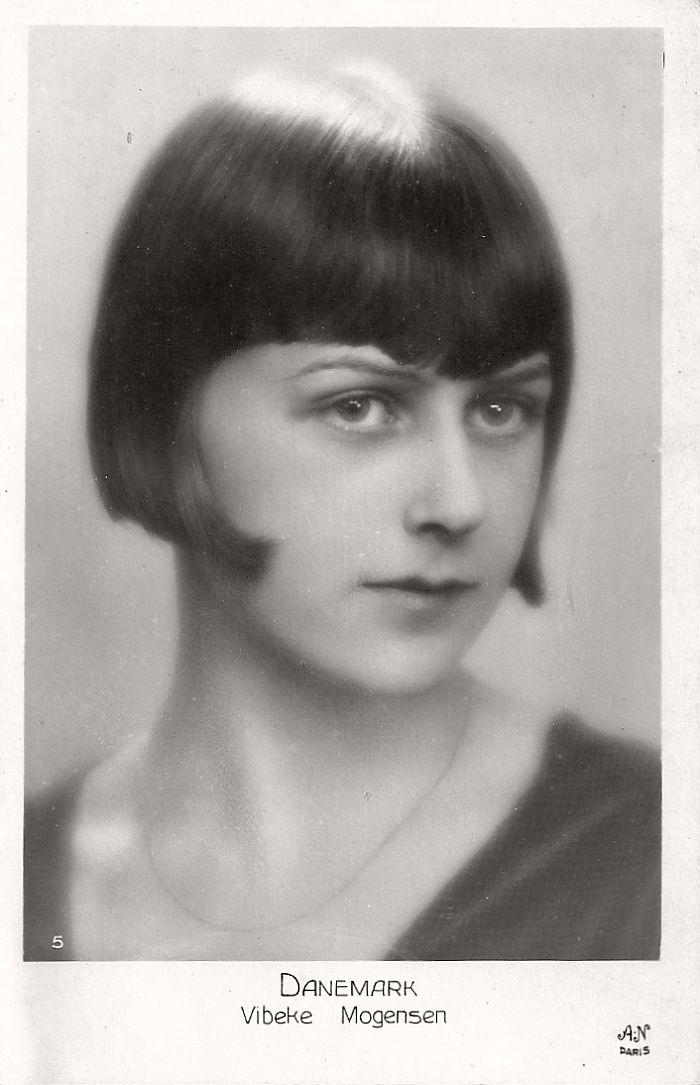
Else Vibeke Mogensen was born 18 July1907 in Alslev, Denmark. She was the daughter of farm owner Anton Mogensen (1875-1954) and Yelva Jessen (died 1911). In 1929 Mogensen won the Miss Denmark contest, so she was elected for the Miss Europe contest of 1929. She didn’t win (Böske Simon from Hungary won). Following a quite common pattern with the Misses, Mogensen married a top athlete in the same year, in her case the cyclist Willy Falck Hansen. Hansen had won the gold medal in short track cycling in Budapest in 1928. He had also won medals at the Olympic Games of 1924 and 1928. After a Winter in Australia in 1929-1930 the Hansens settled in France, where they remained until 1939. Hansen remained a national hero, though, in various sports contests. Later on he became more a sports organizer, then a car salesman and lastly a tour organizer and tour guide, arranging charters to even Romania, Cuba, Egypt etc. Hansen died in Romania in 1978 but was buried in Faareveilje, Denmark. Vibeke Mogensen died in Faarevejle on 27 February 1984.
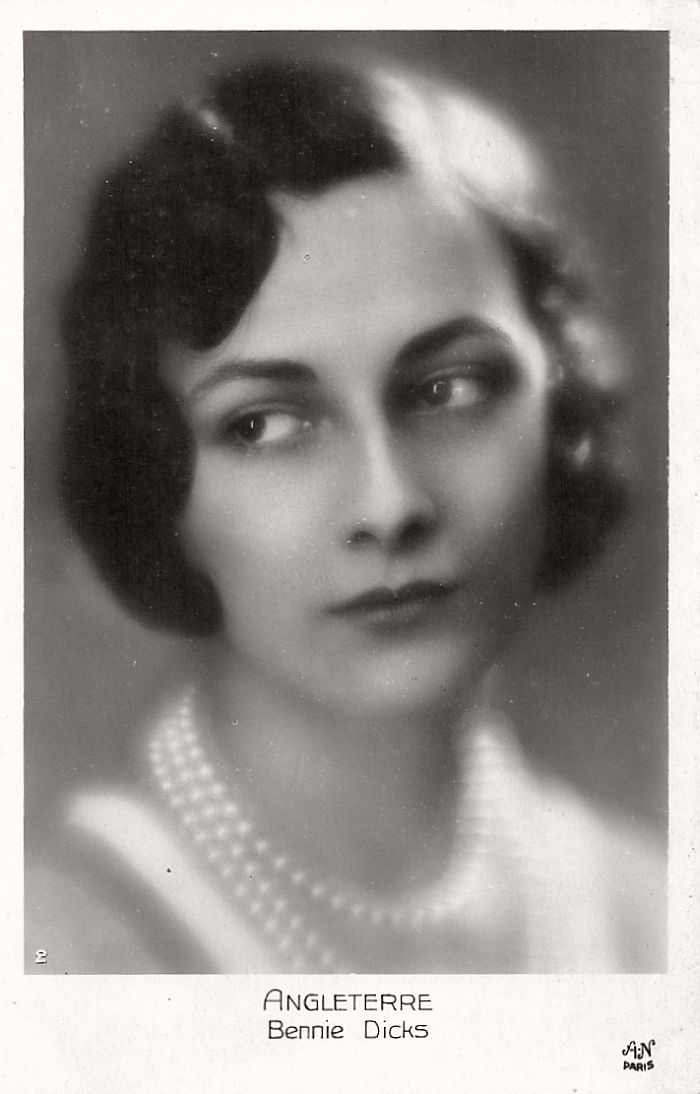
Bennie Dicks was 1929 Miss Britain and competed at the 1929 Miss Europe contest but didn’t win.Dicks was 21 when she competed, born in London, daughter of an officer who fought at Boer War in Transvaal, but fatherless at the time of the pageant. She earned her living as mannequin at a big firlm in silk textiles. Dicks also competed in the 1929 Miss Universe contest.
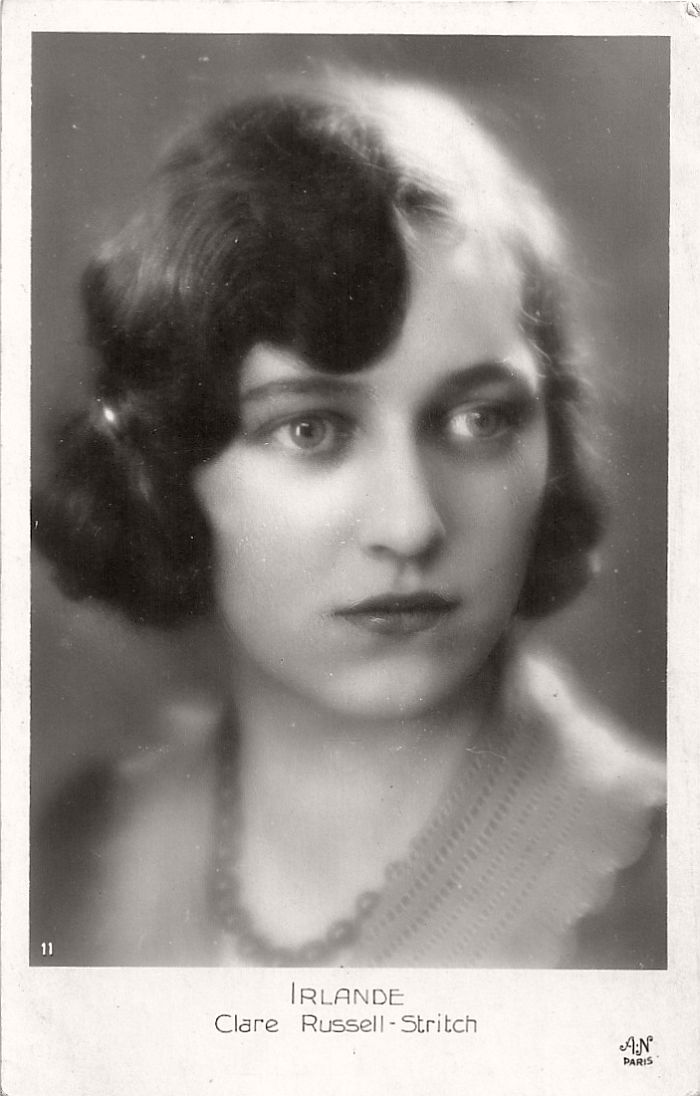
Clare aka Clara Russell-Stritch, also written as Russel Strich, became Miss Ireland in 1929, then joined the Miss Europe 1929 contest but didn’t win. According to the Geneva NY Daily Times, Stritch wanted to participate in the 1929 Miss Universe contest in Galveston, Texas as well, but backed out when the bishop of Galveston stated that no decent girl would parade half-naked in front of the mob. An Irish catholic newspaper picked this up, and this meant the end of Clare’s American adventure Little is known about her life. She was born in Dublin in 1901. Her father was a well-known solicitor in Dublin, John Russell Stritch. According to the Irish census cards Russell was Clare’s second birth name, like her father’s; her last name was Stritch.

